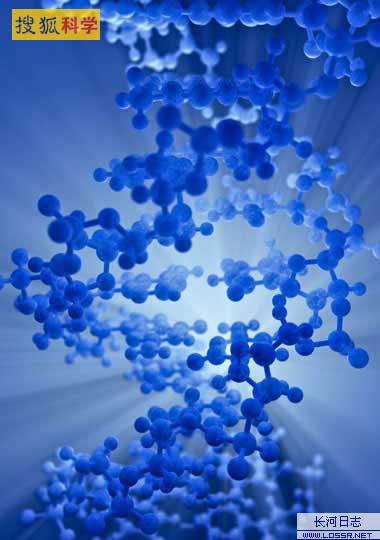《华盛顿邮报》上的一篇关于完全人造生命的文章中提出,如果创造人工生命的公司变得像微软一样,将会非常危险。
科学家和哲学家一致同意,用人工合成的DNA创造出新的生命将是一件具有分水岭意义的大事。它模糊了天然生物和人造产品之间的界限,人们必须重新思考到底什么才能被称为生命。某些专家担心,一些不受约束的公司正在变成垄断者,控制人造生命的核心“操作系统”,逐渐成为合成生物学领域的微软。这会压制竞争,最终巨大的权力掌控在少数人手中。科学家、恐怖分子和其他人会创造出何种生物?如何遏制这些?人造生命的工具的专利权属于谁?这不仅仅是个哲学问题。

据美国探索频道今日报道,美国克莱格凡特研究所(J.Craig Venter Institute)的科学家在制造人造生命方面取得了重大突破,通过复制细菌的DNA,成功制造最大的人造细菌基因组,共组合了582,970对碱基,给制造首个人造生命带来了希望。此成果发表在今日出版的《科学》杂志上,是科学家通过5年的努力实现的。
此细菌就是我们知道的山羊支原体,只有485个基因。虽然病毒基因更少,但不能认为它们是完整的生物,因为它们不能自我复制,而细菌可以自我复制。山羊支原体的结构相当简单,其DNA都在其单条染色体上。染色体携带遗传物质,其整个代码被称为基因。支原体可导致性病传染。
从事此项研究的克莱格凡特研究所的汉密尔顿-史密斯表示,“我们证实了人为建造大的基因组是可行的,且可升级,由此可开发重要的应用。我们计划通过3步来制造首个人造生物。此整个过程是从4瓶化学物质开始的。”
"Going the full distance is very difficult to do in a rational way," says Rui Sousa of the University of Texas Health Science Center at San Antonio. Sousa has designed polymerases that are being used commercially.
Romesberg and his co-workers tried a different approach called 'directed evolution'. They made millions of mutant polymerases by randomly scrambling part of the natural enzyme's chemical structure. Most of the mutants were useless, but some were quite good at stitching together non-standard bases. They plucked these useful mutants out of the crowd, and repeated the mutation and selection process to fine-tune their abilities.
After four rounds of selection, they found several mutants capable of doing the job. One was particularly good: it was able to copy the sequence of a template molecule into the modified form of DNA as efficiently and faithfully as DNA polymerase working with natural bases.
Carbon copies
But the mutant is not perfect. Like most modified polymerases, Romesberg's top candidate runs out of steam and stops working after adding five artificial bases to a growing chain.
Benner's team created a more successful polymerase by starting with a different enzyme altogether – a reverse transcriptase (RT) that is made by the HIV-1 form of the virus that causes AIDS. This RT mutates when the virus is hit with anti-HIV drugs. Benner's group checked mutated forms to find a modified RT capable of stitching two non-standard bases into strings of DNA. They fine-tuned this enzyme using rational design.
Their enzyme even works in a process called the polymerase chain reaction (PCR) , which is often used in biotechnology to make copies of short strands of DNA. Most constructed polymerases fail when researchers try to make multiple copies of artificial DNA using PCR; after several rounds of copying, imperfect polymerases start to weed out non-standard DNA. But Benner's enzyme does not seem to have this problem.
